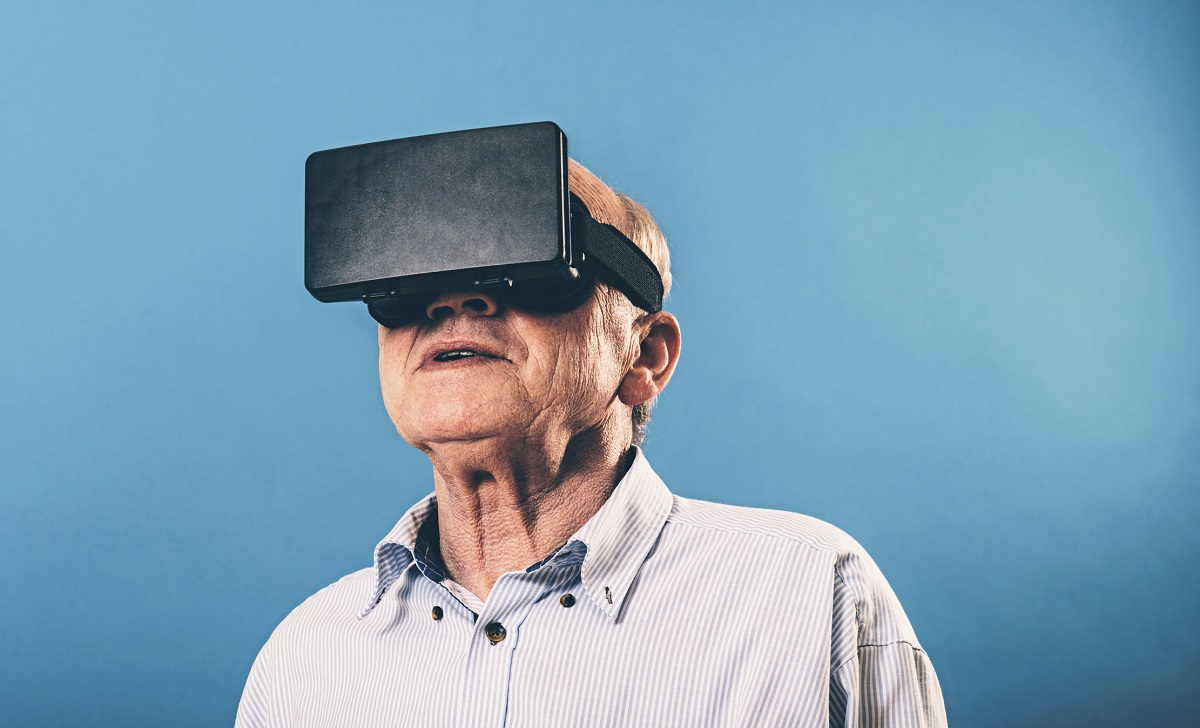Image of mikkelwilliam/Getty Images
Instead of signing up for A&E’s reality TV show “Hoarders” as a desperate cry for help, a new Stanford University study suggests that people with a hoarding problem can make progress by donning a pair of virtual reality glasses to simulate disposing of the mountains of trash that have accumulated inside their homes.
The study, published in the Journal of Psychiatric Research, details the journey of nine subjects, all clinically diagnosed as collectors and aged over 55, who participated in the study.
First, to combat their hoarding problem, participants participated in online group therapy for 16 weeks.
Then, for the VR portion of the study, participants captured visual documentation of 30 objects they own along with videos and photos of the most cluttered spaces in their home. These objects and pieces were then rendered in VR, allowing collectors to move around these simulated spaces and move the virtual objects.
During the study, collectors had virtual reality sessions in these simulated locations during which they practiced throwing items away, donating them, or recycling them. For their homework, they had to throw a real object into their house.
Although the study was small, the results were encouraging. The researchers said seven out of nine participants said their hoarding problems had decreased. During home visits, eight out of nine people visually had fewer things inside their home.
The researchers said the findings are consistent with the impact of using group therapy alone, but therapeutic uses of virtual reality could add another tool to the arsenal for psychologists and other clinicians to use at the same time. ‘future. They also said older patients liked the VR setup well.
Hoarding is a poorly understood mental disorder that shames patients and their families, just judging from one episode of “Hoarders.”
But some believe that hoarding is a natural impulse in humans, who evolved at much rarer times in the past. Abnormal amounts of hoarding can also signal a mental disorder caused by a brain injury, a traumatic life event, or even substance abuse, among other causes.
Still, moving around in a VR environment in their most cluttered rooms is a “kind of stepping stone,” according to Carolyn Rodriguez, a professor of psychiatry and behavioral sciences at Stanford and the study’s principal investigator, who hopes the technology will alleviate a problem that people I want to stay hidden.
“People tend to have a lot of prejudice against hoarding disorder and view it as a personal limitation rather than a neurobiological entity,” Rodriguez said in a statement. “We really want to get the word out that there is hope and treatment for people who are suffering from this. They don’t have to go it alone.”
Learn more about virtual reality: DARPA seeks to protect virtual reality against “cognitive attacks”
#Virtual #reality #lets #collectors #practice #throwing #precious #trash
Image Source : futurism.com

